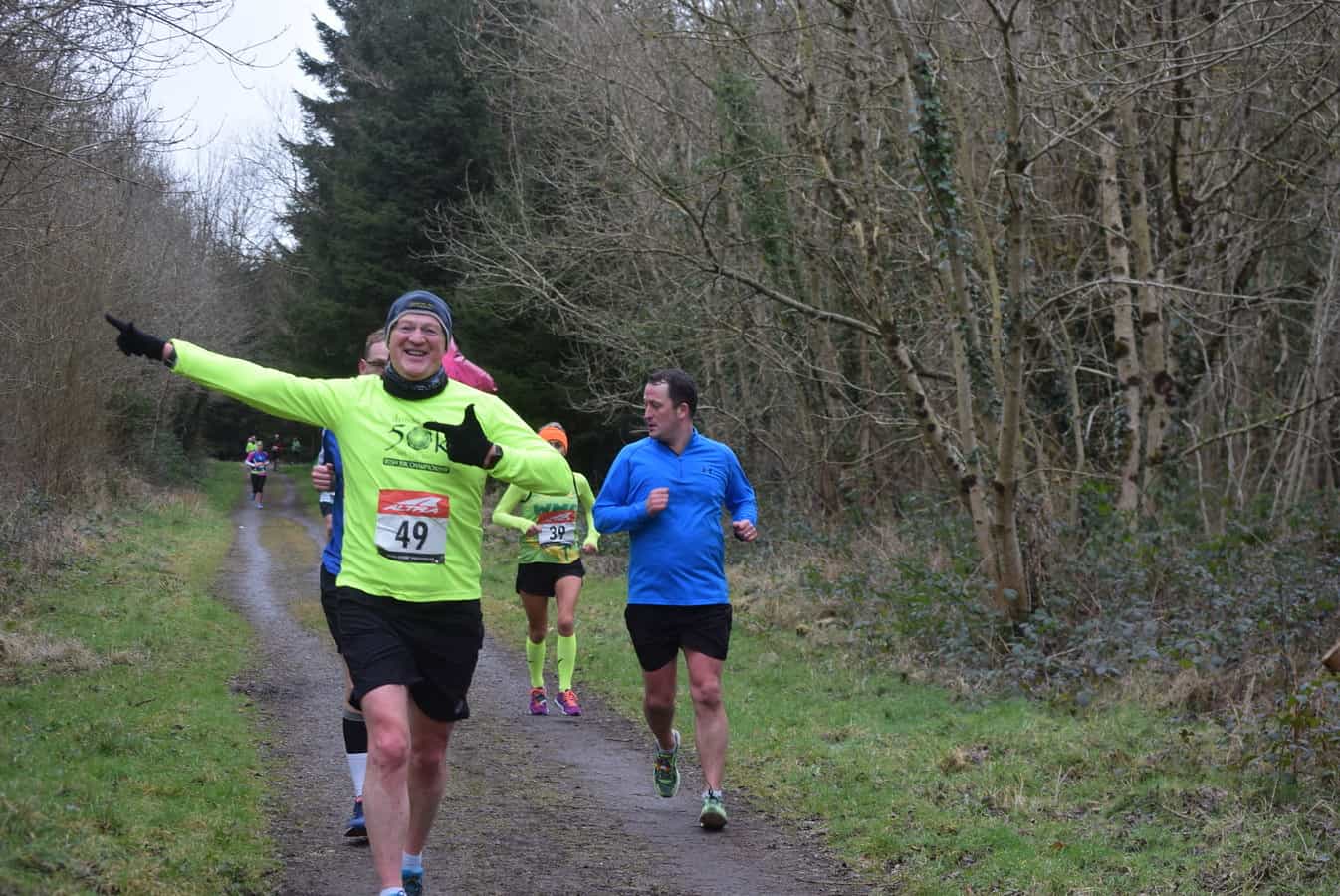While trail running might seem like a simple extension to road running it is really a bit more serious than that.
As previously mentioned, roots, rocks, and slippery mud can all cause tripping, falling, and potential injury.
For this reason, it is vital you pay attention to the terrain. In fact, slow down so you can choose your steps, and also look ahead for roots and rocks.
Yes, a good pair of running shoes will protect your toes.
However, if you’re not paying attention nothing can prevent a rolled ankle, or busted shoulder (from falling).
Allow your eyes to keep a scan on the 10 to 15 feet ahead of where you are currently running. This will prepare your gait for potential obstacles.
Plus, if you see a lot of roots ahead, don’t be afraid to slow down.
After all, safety is top priority; you can improve your splits after you get a few runs under your belt.

